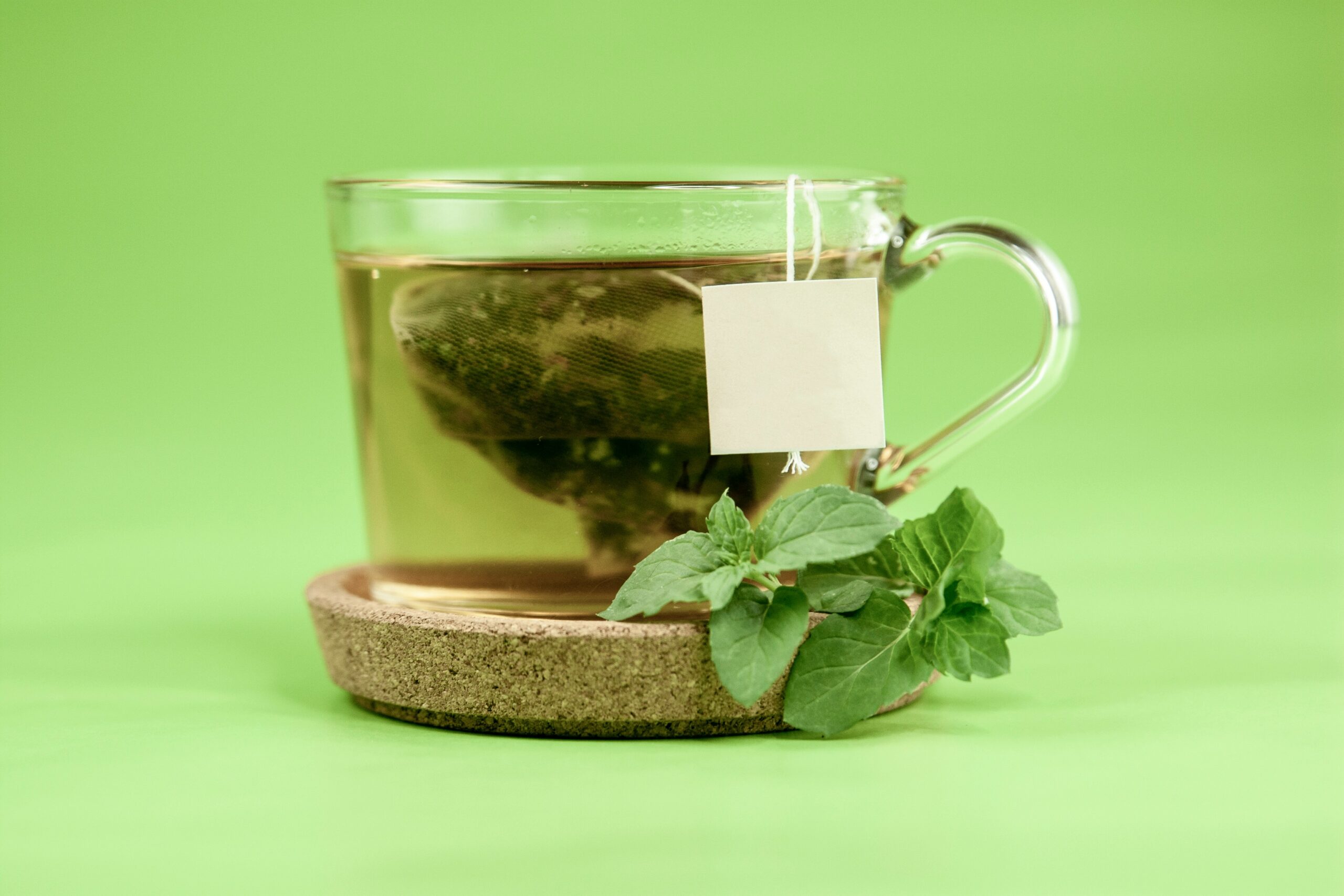When a parent sits in the warm silence that follows a newborn’s cry, questions often float beneath the surface: “Am I making enough milk? Will my baby feel content? Is there something gentle, perhaps a daily habit, that could support both of us in this journey?” The ancient, aromatic ritual of preparing breastfeeding tea offers a glimmer of reassurance. Not simply a beverage, but a blend deeply rooted in tradition, science, and the art of maternal care. Yet with so many herbs, blends, and conflicting opinions—how do you know what’s truly safe and effective? Dive into the world of lactation teas, galactagogues, and thoughtful routines that may help both milk supply and well-being, while keeping parental agency and scientific perspective at the forefront. Here, every concern, from ingredient safety to practical brewing, finds its space—with clarity, empathy, and rigour.
Understanding Breastfeeding Tea: Ingredients and Mechanisms
Sipping on a fragrant cup of breastfeeding tea is more than taste—it’s a nod to herbal wisdom and physiological science. These teas, also called lactation blends, typically feature galactagogue herbs (natural substances that may enhance milk production) such as fenugreek, fennel seeds, blessed thistle, milk thistle, and anise. Many blends also bring in red raspberry leaf, nettle, caraway, and sometimes moringa or mint. What do these ingredients claim to do?
- Fenugreek: Perhaps the most discussed, acting as a phytoestrogen (plant compound that mimics estrogen), potentially stimulating mammary gland activity. Some mothers notice a maple-like scent on their skin as a quirky sign it’s circulating.
- Fennel and Anise: Both promoting gentle digestive comfort, sometimes not only for the mother but for the baby too through traces passed into breast milk.
- Blessed Thistle and Milk Thistle: Traditionally believed to support milk flow and help balance postpartum fatigue, though clinical studies are still limited.
- Red Raspberry Leaf and Nettle: Packed with antioxidants and minerals, supporting overall postpartum recovery.
However, not every herb is a friend to mothers and infants. Sage, parsley, comfrey, and kava kava can lower milk supply or present risks such as liver toxicity—scientific consensus recommends steering clear of these during breastfeeding.
By blending these specific components, breastfeeding teas become a ritual of targeted nourishment, not just a comforting drink. But, why such diversity in the herbal mix? The synergy between these galactagogues and supportive herbs is believed to yield cumulative, gentle action—a gentle nudge, never a guarantee, for milk supply.
The Science and Tradition Behind Breastfeeding Tea
Is the faith placed in breastfeeding tea all anecdote, or does research stand in support? Scientific investigation shows that fenugreek, for example, may have a positive impact on certain women’s milk production, but the scale of benefit can range from significant to subtle, depending on individual biology. Fennel and anise, while championed for their digestive aid, carry limited data regarding direct lactation enhancement. However, one undeniable benefit is hydration—breastfeeding demands increased fluid intake, and an herbal tea without caffeine delivers just that.
What about the placebo effect, the mind’s potential to influence physiology through expectation? Could the calming daily practice of sipping the tea, breathing in its earthy aroma, gently cue the body’s own oxytocin release, thus supporting let-down? Science is still unravelling complexities, yet the intersection of physical benefit, tradition, and mindful self-care forms the heart of the breastfeeding tea phenomenon.
Selecting Safe and Effective Breastfeeding Tea
Choosing a breastfeeding tea shouldn’t feel like a maze of indecipherable labels and risky guesses. How to cut through the confusion?
- Ingredient Transparency: Only trust brands that list every ingredient, preferably with both botanical and common names. Unlisted additives, artificial flavours, or mystery “herbal blends” are best avoided.
- Certification: Look for reputable certifications—such as “organic” or “non-GMO”—to ensure absence of pesticides or heavy metals.
- Caffeine-Free Formulas: Caffeine can pass into breast milk and affect infant sleep, which is especially critical for newborns.
- Avoid Certain Herbs: As stressed above, teas with sage, parsley, comfrey, or kava kava should not come near the nursing basket.
- Batch Consistency: Branded lactation teas from reliable manufacturers often undergo stricter quality controls than loose-leaf or small-batch artisanal blends.
The market offers commercial lactation teas (for example, blends modelled on Traditional Medicinals Mother’s Milk or Earth Mama’s Milkmaid) and possibilities for home-made versions. If you opt to create your own, use only trusted sources for the herbs and measure quantities strictly.
How to Prepare and Drink Breastfeeding Tea Effectively
Practicalities matter. Proper brewing is essential—not simply for taste, but for extracting the right amount of beneficial phytochemicals from the herbs.
- Temperature: Bring water just to steaming, around 90-95°C (194-203°F). Boiling water can destroy sensitive oils in the herbs.
- Steeping Time: Cover and infuse for at least 5-10 minutes, letting the compounds dissolve fully.
- Dosage: Most guidelines suggest 1-3 cups per day. More is not always better—overconsumption can increase the risk of digestive upset or contact allergies.
- Rotation: Rotating between different blends or types can prevent overexposure to one particular herb, especially when using potent galactagogues like fenugreek.
- Hot or Iced: Preference reigns—warmth soothes on a chilly evening, but iced breastfeeding tea becomes refreshing during those hot afternoons or after a long feed.
Some mothers enjoy their tea plain, while others add a squeeze of lemon (vitamin C, bonus!)—but it’s best not to load up with sugar or milk, unless medically advised, to preserve digestive comfort for both mother and baby.
Safety, Side Effects and Medical Advice
While breastfeeding tea is generally considered safe when consumed as recommended, certain nuances demand attention:
- Digestive Issues: Fenugreek and similar herbs can sometimes bring on bloating, loose stools, or flatulence. These usually subside but shouldn’t be ignored if they persist.
- Allergic Reactions: A rare few may experience rashes, swelling, or other allergy signals. If so, discontinue immediately and consult your doctor.
- Hormone-Sensitive Conditions: Some galactagogue herbs mimic estrogen and might not be suitable for individuals with hormone-sensitive illnesses (examples: previous breast or ovarian cancer). Always seek a medical opinion in such cases.
- Pregnancy: Fenugreek, especially in high amounts, can stimulate uterine contractions—strictly avoid before childbirth.
- Infant Sensitivity: Mild digestive discomfort or allergic reactions may manifest in a breastfed infant if certain herbs pass into the milk—watch for changes in stool, mood, or skin.
When uncertainty creeps in or if either mother or baby presents with new symptoms, the expertise of a paediatrician or lactation consultant becomes indispensable for personalized guidance.
Beyond Tea: Food and Lifestyle Strategies for Milk Supply
Breastfeeding tea rarely works in isolation. It becomes a valuable companion to robust, evidence-based feeding practices:
- Frequent and Effective Breast Emptying: Whether through direct nursing or pumping, demand truly drives supply.
- Skin-to-Skin Contact: The warmth and touch release oxytocin, promoting let-down reflex and bonding.
- Balanced Nutrition: Foods like oats, sesame seeds, walnuts, and flaxseed (rich in essential fatty acids) are long celebrated in traditional cultures for their lactogenic impact.
- Hydration and Rest: Simple yet powerful—water, herbal infusions, and napping when possible lay a true foundation for successful lactation.
- Stress Reduction: Calming routines—deep breathing, peer support, gentle yoga—contribute to hormonal balance, which in turn influences milk flow.
- Homemade Herbal Infusions: Thoughtful, measured blends of fennel, nettle, and anise empower mothers to tailor their experience, ensuring each ingredient is personally tolerable and palatable.
By anchoring breastfeeding tea within a tapestry of balanced practices, parents foster a more sustainable and gentle lactation journey.
Demystifying Common Myths: Breastfeeding Tea and Reality
Misconceptions run rampant. Is breastfeeding tea a magic bullet for low supply? Does every cup guarantee a happy, full baby? Scientific evidence and clinical experience say otherwise. The effect—when present—is usually adjunctive, noticeable when paired with good feeding practices. It’s vital to remember that not all herbal blends are equal, and a well-marked label is often more trustworthy than folk remedies or anonymous mixes.
Interestingly, some of the real benefit may lie in the simple act of pausing—preparing, sipping, breathing—a ritual that lowers stress and may gently enhance maternal hormones involved in lactation.
Key Takeaways
- Breastfeeding tea—a blend of specific galactagogue herbs—can offer gentle support for milk supply and maternal comfort, especially when chosen with care and consumed correctly.
- Avoid unsafe herbs (sage, parsley, comfrey, kava kava) and always prefer fully transparent, organic, caffeine-free blends with clearly marked ingredients.
- Proper brewing (right temperature, enough steeping time) and sensible dosage (1-3 cups per day) allow mothers to gain benefits with minimal risk.
- Pairing breastfeeding tea with regular nursing, ample hydration, a varied diet, and restful routines yields the best outcomes for both mother and baby.
- Health professionals—paediatricians, lactation consultants—are valuable allies, especially if uncertainty, allergies, or special health circumstances arise.
- For personalised guidance and free child health questionnaires, download the application Heloa.
Questions Parents Ask
Can breastfeeding tea be taken hot or cold?
Absolutely, it’s all about personal comfort! Many mothers find the warmth soothing after feeds, but an iced breastfeeding tea during hot weather offers equal refreshment. Focus on proper preparation—steep well, then enjoy as you please.
Are there any herbal teas to avoid during breastfeeding?
Yes—steer clear of sage, parsley, comfrey, kava kava, and any blend with unclear ingredients. Even camomile, despite its reputation, is best approached with caution due to possible allergies or lack of safety data for infants. Always read labels and opt for lactation-specific teas or expert advice.
How soon does breastfeeding tea have an effect?
Varies greatly from one person to the next. Some might notice increased milk within a few days, others may not see much change. The context—hydration, feeding/pumping frequency, and stress—matters just as much as the herbs themselves.
Can I brew my own breastfeeding tea at home?
Definitely, provided you use safe, well-sourced herbs and measure portions carefully. Fennel, nettle, and anise make excellent base choices. If unsure, consult a herbalist or lactation consultant.
Is it safe to drink more than three cups per day?
Generally, no. More is not better; exceeding three cups won’t enhance supply and may invite side effects. Stick to recommended amounts unless your healthcare provider advises otherwise.
What should I do if my baby seems unsettled after I start drinking breastfeeding tea?
Pause consumption and consult your doctor—rarely, certain herbs may cause mild reactions in sensitive infants. Watch for digestive changes or skin rashes, and always prioritise medical guidance.
Do I still need to breastfeed or pump if I’m drinking breastfeeding tea?
Yes! The most effective way to maintain or boost milk supply is frequent and effective emptying of the breast. Breastfeeding tea acts as a supplement, never a substitute for direct feeding or pumping.
Does breastfeeding tea work for everyone?
Not necessarily. Biological response to herbs is highly individual. If your supply remains low despite best efforts—and side practices like good diet, hydration, frequent feeding—reach out to a specialist for personalised support.
Remember, your breastfeeding journey is uniquely yours. Support—herbal or otherwise—is available every step of the way.









